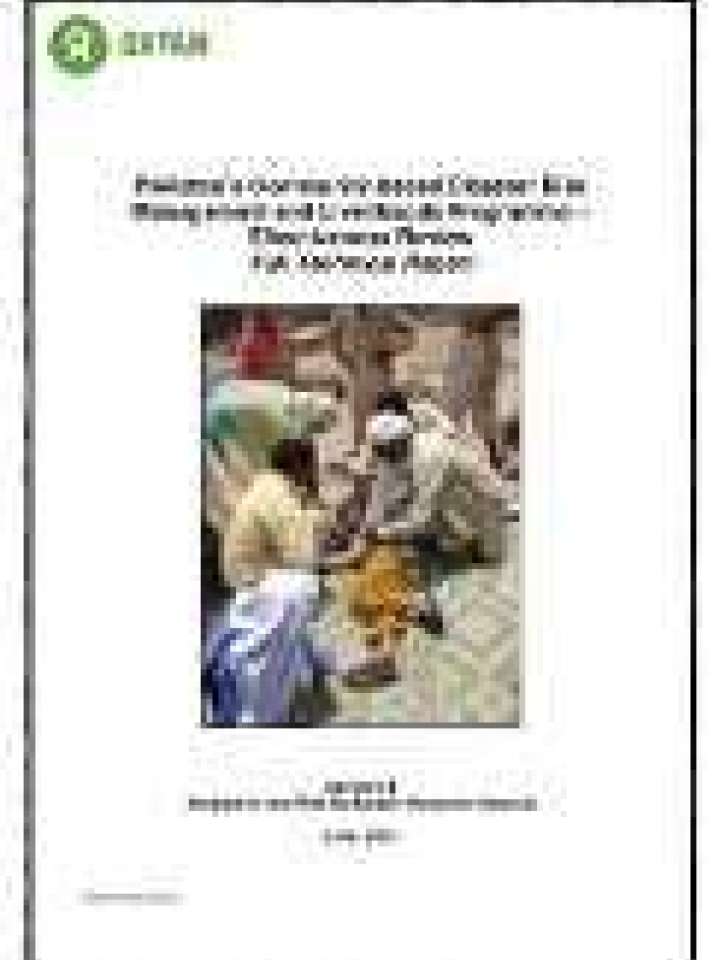Effectiveness review: community-based disaster risk management and livelihoods programme, Pakistan
This report is focused on the work carried out by two of Oxfam’s partner organisations – the Doaba Foundation and the Help Foundation – in Muzaffargarh and Rajanpur districts of Pakistan’s Punjab Province. Over 21,700 people residing in 60 villages of these two districts are being reached through the programme. These people are exceptionally vulnerable to extreme flooding events, given that they reside directly on the floodplains of the Indus and Chenab rivers. And the overall aim of the programme is to reduce their vulnerability, particularly by reducing loss of life and assets and promoting livelihood resilience in times of extreme flooding.
Two key areas of interest were investigated through this process: the extent the supported and unsupported households; a) possess characteristics that are assumed important for successfully coping with and recovering from extreme flooding events, as well as adapting to emerging climatic trends and uncertainty; and b) were affected by the extreme floods that hit Pakistan in July to September 2010.
The report presents the findings resulting from a process where data were collected from both villages that were supported through the programme and nearby, similar villages that were not. However, before doing so, Section 3.0 provides background information on the Community-based Disaster Risk Management and Livelihood Programme in Pakistan. Section 4.0, Section 5.0, and Section 6.0 follow by presenting the conceptual framework underlying the indicator, the impact evaluation design that was used, and the methods of data collection and analysis, respectively. Section 7.0 is the longest section of this document. Its subsections present basic descriptive statistics, data on intervention exposure, and finally the overall differences between households in the intervention and comparison villages. Section 8.0 concludes the document with general conclusions and programme learning considerations.
Explore further
